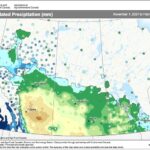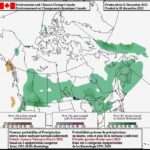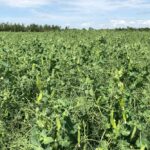MarketsFarm — Colder-than-normal temperatures are in the long-range forecast across most of the Canadian Prairies, according to the latest long-range outlook from Environment Canada. The latest seasonal forecast from the government agency, released Monday, calls for a 40-50 per cent chance of below-normal temperatures from March through May for most of the three Prairie provinces,













